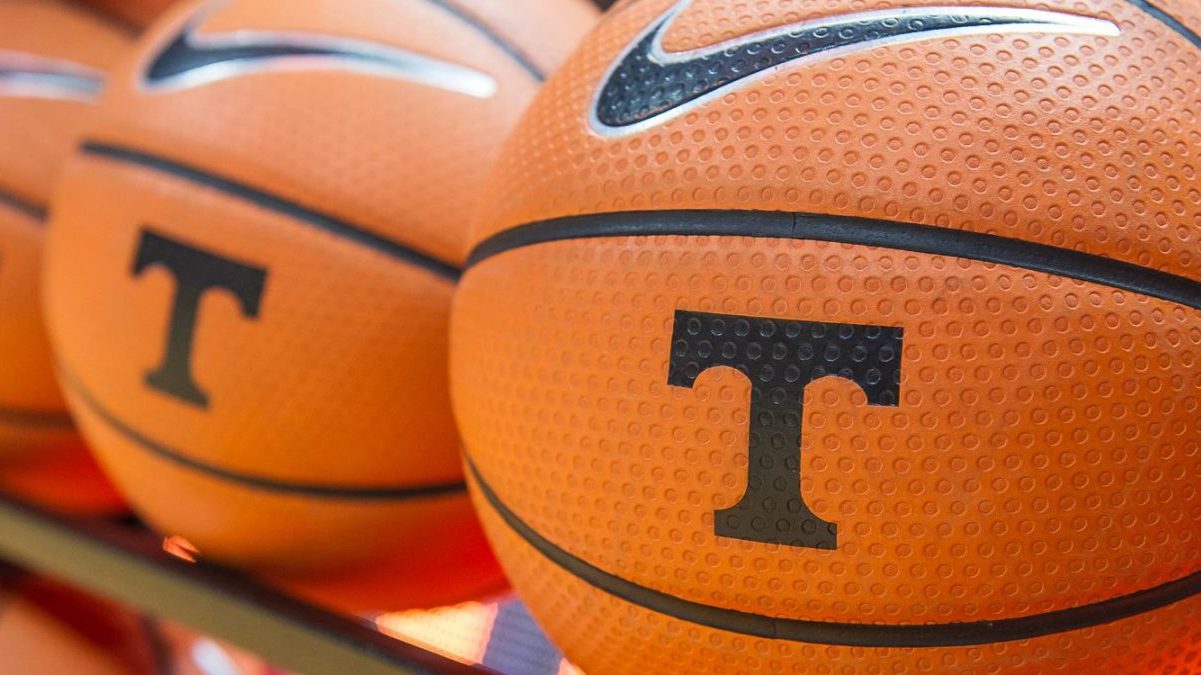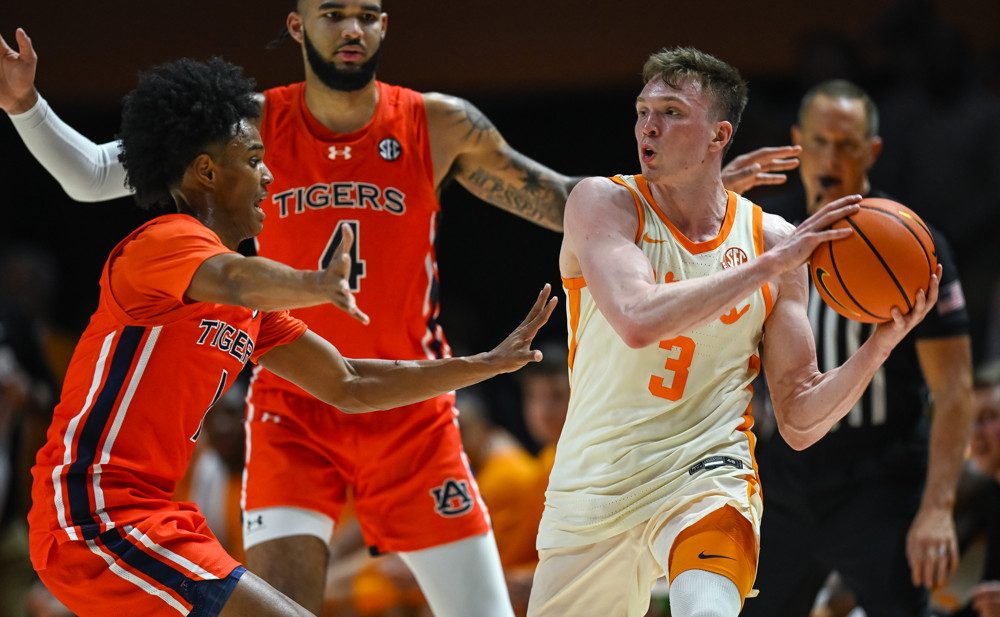The best blueprint to beat Tennessee was fairly straightforward: get to the free throw line. The only teams to do it – Kansas (34), Kentucky (33), and LSU (31) – all got to the stripe at least 30 times, and all shot at least 15 more free throws than the Vols. Getting to the line slows Tennessee’s transition game, strains a fairly thin rotation, and makes UT’s elite offense merely very good.
Kentucky didn’t get 30 today, but they got 29. Tennessee was again on the wrong side of the disparity at -15. The Vols like jump shots (and are very good at them) and as a result won’t always shoot as many free throws, but when a team can defend the strength of Grant Williams inside without a ton of help, it can make Tennessee’s offense one-dimensional.
No matter what you thought of the officiating, Kentucky significantly outpaced the Vols at the stripe.
They lost by 19.
To be clear, Grant Williams and Jordan Bone were outstanding. Williams has never been so good against Kentucky, Bone never at all. And when one guard was on fire, the other fanned the flames: six assists from Lamonte Turner three days after he was the primary back court scorer? This team is so unselfish.
These Vols are obviously alive and well in the “best season ever” conversation. But it was going to be highly unfortunate to have that conversation without a win against Kentucky. You can check that box: that’s now 4-0 for Rick Barnes against Kentucky in Knoxville, where the Vols have won 8 of 12. And since Barnes’ arrival, Tennessee is now 5-4 against the Cats, none more satisfying than a 19-point beat down of a top five Calipari squad.
Tennessee beat Kentucky today because Williams and Bone were excellent. But the Vols routed the Cats, in spite of the -15 free throw differential, because of their defense.
Kentucky made 14 shots. Fourteen. Their previous season low was 20 against Cuonzo’s defense. The last time they made so few shots was against South Carolina five years ago.
Several of those 14 shots were of the tip-your-cap variety, some combination of great ball movement and a tough shot dropping. But far more often than not, Tennessee’s defense was everywhere. It was noticeable to the eye on every possession: more pressure on guards, better help on shooters, better everything. And not just better, but championship level good.
In Lexington, Kentucky shot 54.7%, the highest percentage the Vols have allowed all year. In Knoxville, Kentucky shot 31.8%, the lowest percentage the Vols have allowed in SEC play. In Lexington, Kentucky had 10 turnovers. In Knoxville, it was 17.
Lexington was the exception – the wake-up call, the face-punch, whatever you like – where Tennessee played its worst game of the year on so many levels. If the Vols want to win a national championship, today’s defense has to be the rule.
The Vols are now back on the edge of the Top 30 in defensive efficiency, swiftly closing in on the Top 20 mark almost every champion hits. They will immediately get more chances to shine: Mississippi State is 16th in offensive efficiency, Auburn 12th. To win the SEC, to earn a one seed, and to advance deep into March, the Vols need today’s defense. Their offense is good enough to have a chance to win everywhere that isn’t Rupp. But with today’s defense, the team that beat them in Rupp took an even bigger beating in Knoxville. The Vols were already a contender. If today’s defense becomes the rule and not the exception, it can make them a champion.



